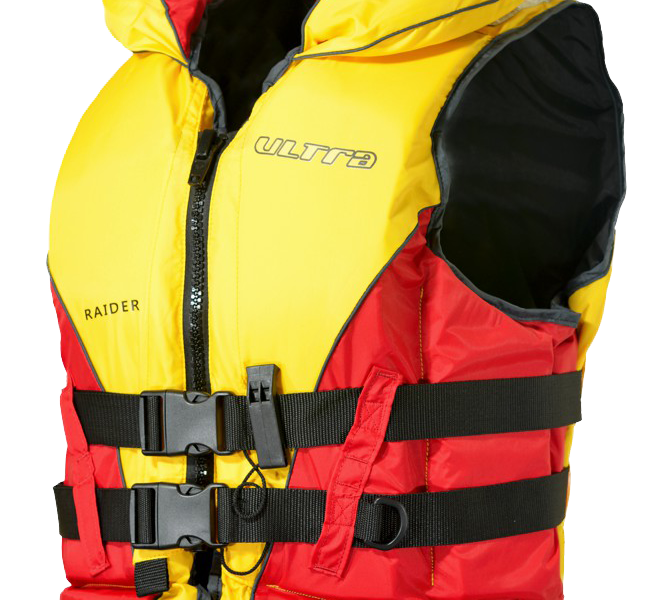Essential Guide to Life Jackets and PFDs for Paddleboarding
Safety is paramount when you’re on the water, whether you’re paddleboarding on calm lakes, exploring coastal waters, or navigating rivers. A properly fitted life jacket or Personal Flotation Device (PFD) can mean the difference between a minor incident and a tragedy. For stand-up paddleboard enthusiasts, choosing the right PFD involves balancing comfort, mobility, and safety—you need protection without restricting the freedom of movement that makes SUP so enjoyable.
The U.S. Coast Guard requires PFDs for all paddlecraft, including stand-up paddleboards. While some states allow you to have it onboard rather than wearing it, experienced paddlers know that a PFD only works if you’re wearing it when you need it. Modern SUP-specific PFDs are designed to be so comfortable you’ll forget you’re wearing one.
Understanding PFD Types and Classifications
The Coast Guard categorizes PFDs into five types, but for SUP, you’ll primarily consider Type III (flotation aids) and Type V (special use devices). Type III PFDs are the most popular for paddleboarding because they allow excellent range of motion while providing sufficient flotation to keep your head above water in calm conditions.
Type III Flotation Aids
Type III PFDs provide a minimum of 15.5 pounds of buoyancy and are designed for conscious wearers in calm inland waters. They’re the most comfortable option for SUP because they’re designed with active water sports in mind. The trade-off is they won’t automatically turn an unconscious person face-up, so they’re best for competent swimmers in relatively calm conditions.
Inflatable vs. Foam PFDs
Traditional foam PFDs offer constant flotation and require no maintenance. Inflatable PFDs are more comfortable and less restrictive but require regular inspection and manual or automatic activation. For SUP, many paddlers prefer low-profile foam PFDs or inflatable belt-pack PFDs that stay out of the way while paddling.
Critical Features for SUP PFDs
Not all PFDs work well for stand-up paddleboarding. The paddling motion requires significant upper body movement, and a bulky life jacket can restrict your stroke and cause chafing. Look for these SUP-specific features:
High Armholes and Short Body
PFDs designed for paddling have high-cut armholes and shorter bodies that won’t interfere with your paddle stroke or your board’s deck pad when kneeling. This design prevents the jacket from riding up and allows full range of motion.
Adjustable Straps and Closures
Multiple adjustment points ensure a snug fit that won’t shift around during paddling or if you fall in the water. Side adjustments are particularly important for creating a custom fit that stays comfortable all day.
Pockets and Attachment Points
Touring paddlers appreciate pockets for storing essentials like whistles (required by Coast Guard), sunscreen, snacks, and navigation tools. D-rings allow you to attach a knife, whistle, or strobe light for safety and convenience.
Sizing Your PFD Correctly
A PFD that doesn’t fit properly won’t perform as designed and may be dangerous. Chest size determines PFD sizing, not weight. Measure around the fullest part of your chest and consult manufacturer sizing charts. When properly fitted, the PFD should feel snug but not restrictive, and shouldn’t ride up over your chin when you raise your arms overhead.
After putting on your PFD and adjusting all straps, have someone lift you by the shoulders of the jacket. If it slides up over your chin or ears, it’s too loose. Tighten the straps or try a smaller size.
Top Recommendations
Highly Rated Option
This top-rated product offers excellent value and performance based on extensive customer reviews and expert testing.
Special Considerations for Different SUP Activities
Flatwater Recreational Paddling
For calm lakes and protected bays, a low-profile Type III vest or inflatable belt pack offers excellent comfort without excessive bulk. These conditions are where minimalist PFDs shine, though you should always assess conditions and your swimming ability honestly.
Coastal and Ocean Paddling
Open water demands more robust protection. Choose a traditional foam Type III PFD with higher buoyancy. Ocean conditions can change rapidly, and the extra flotation and visibility of a full vest can be critical in rougher seas or if you’re separated from your board.
River and Moving Water
River paddling requires a higher-buoyancy PFD—look for models with 16.5+ pounds of flotation. Quick-release rescue belts and whistle attachments are essential. Some river PFDs include protective padding for potential impacts with rocks.
Maintaining Your PFD
Rinse your PFD with fresh water after each use, especially in saltwater or chlorinated pools. Check zippers, buckles, and straps regularly for wear. Foam PFDs should be air-dried away from direct sunlight and stored loosely—never sit or kneel on them, as compressed foam loses buoyancy. Inflatable PFDs require inflation tests every season and CO2 cartridge inspection.
Why These Products Stand Out
Each of these recommendations has been carefully selected based on quality, customer satisfaction, and value. Finding the right products can make all the difference. We’ve researched and compiled the top options to help you make an informed decision. Click above to check current prices and read verified customer reviews from fellow paddleboarders.
Legal Requirements and Best Practices
Coast Guard regulations require one Coast Guard-approved PFD for each person aboard any paddlecraft, including SUPs. State laws vary—some require children to wear PFDs at all times, while others have seasonal requirements. Check local regulations before heading out.
Beyond legal requirements, wear your PFD whenever conditions warrant: cold water (hypothermia risk increases dramatically), offshore paddling, low visibility, or if you’re paddling alone. The best PFD is the one you’ll actually wear, so invest in comfort and proper fit. Your life may depend on it.
